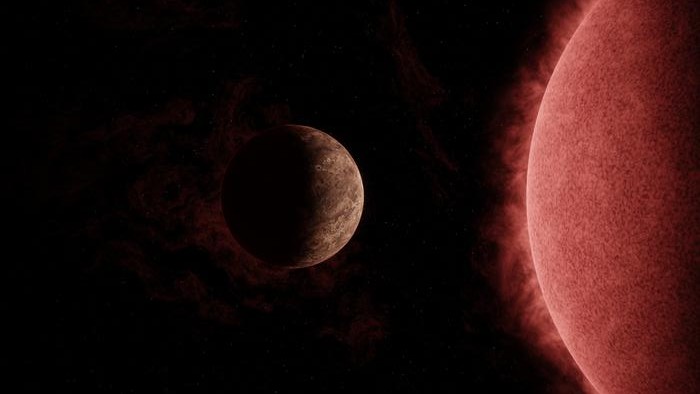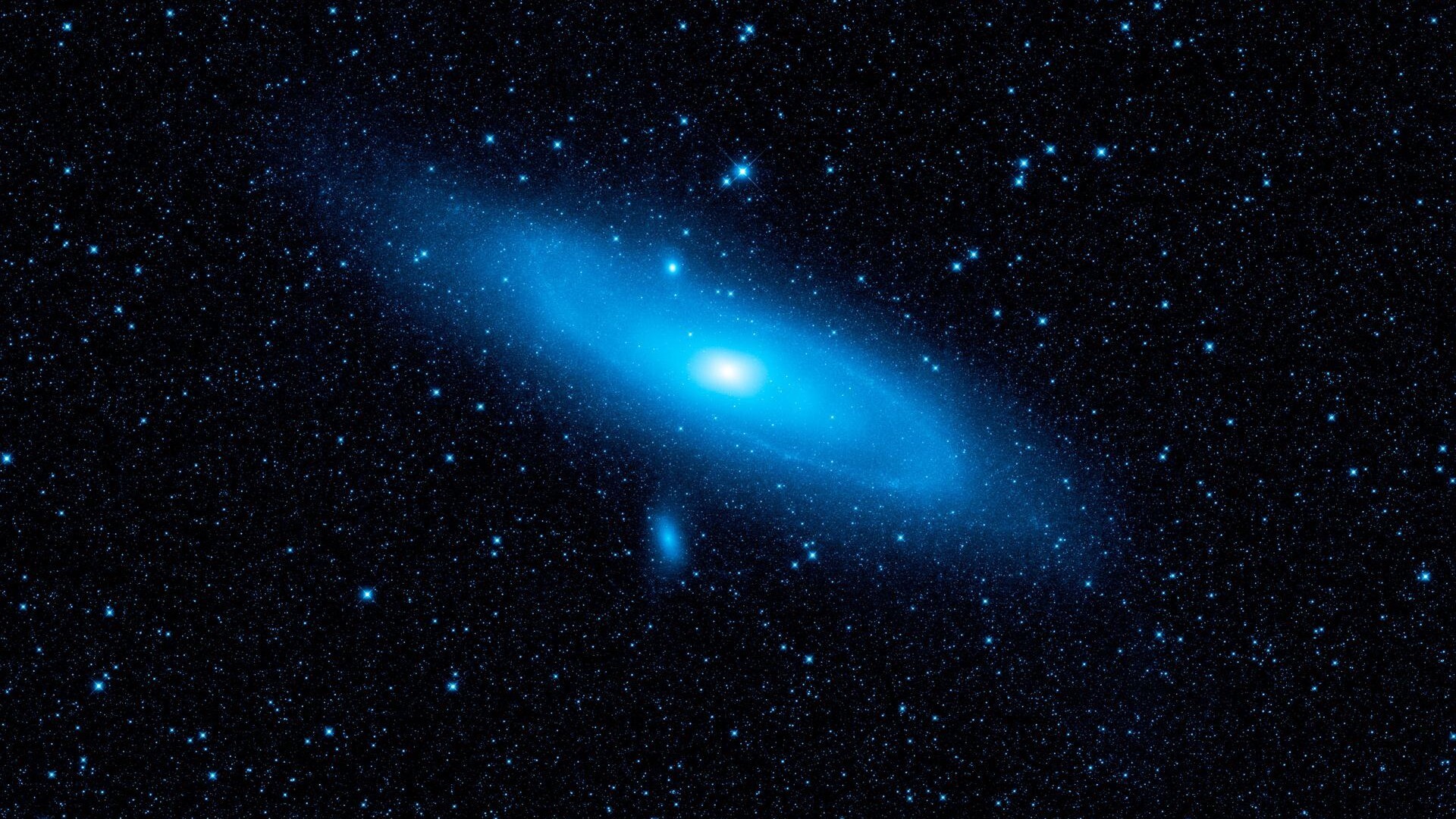Land, Vol. 13, Pages 611: Estimating the Aboveground Fresh Weight of Sugarcane Using Multispectral Images and Light Detection and Ranging (LiDAR)
Land doi: 10.3390/land13050611
Authors: Charot M. Vargas Muditha K. Heenkenda Kerin F. Romero
This study aimed to develop a remote sensing method for estimating the aboveground fresh weight (AGFW) of sugarcane using multispectral images and light detection and ranging (LiDAR). Remotely sensed data were acquired from an unmanned aerial vehicle (drone). Sample plots were harvested and the AGFW of each plot was measured. Sugarcane crown heights and volumes were obtained by isolating individual tree crowns using a LiDAR-derived digital surface model of the area. Multiple linear regression (MLR) and partial least-squares regression (PLSR) models were tested for the field-sampled AGFWs (dependent variable) and individual canopy heights and volumes, and spectral indices were used as independent variables or predictors. The PLSR model showed more promising results than the MLR model when predicting the AGFW over the study area. Although PLSR is well-suited to a large number of collinear predictor variables and a limited number of field samples, this study showed moderate results (R2 = 0.5). The visual appearance of the spatial distribution of the AGFW map is satisfactory. The limited no. of field samples overfitted the MLR prediction results. Overall, this research highlights the potential of integrating remote sensing technologies in the sugarcane industry, thereby improving yield estimation and effective crop management.

 2 weeks ago
13
2 weeks ago
13


